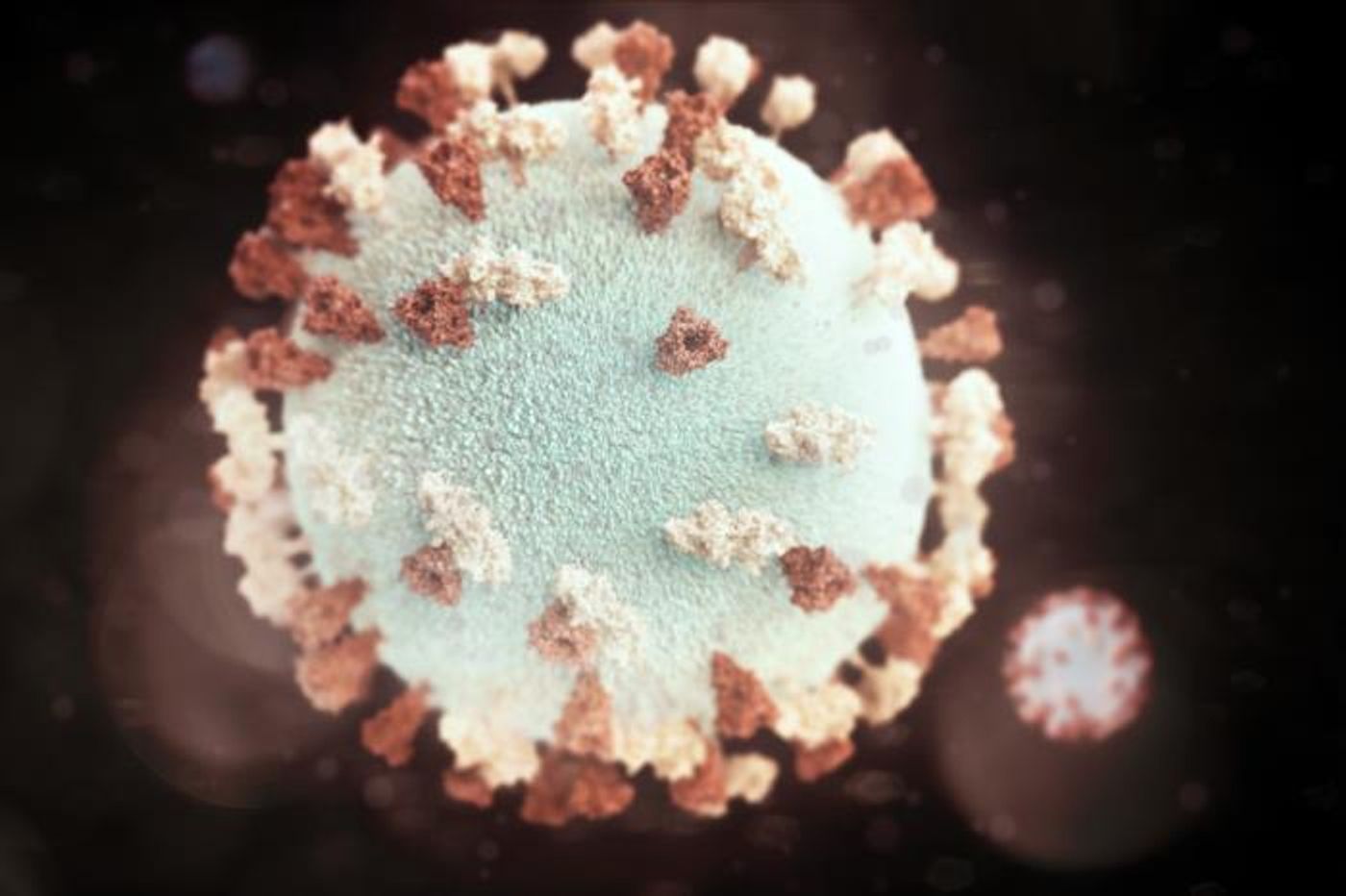Using Genomics to Learn More About a Mumps Outbreak
A virus causes mumps, which affects the salivary glands and may cause one or both to swell. It causes pain in those glands or from chewing or swallowing, as well as fever, weakness, headache, and appetite loss. The illness used to be common in the United States until people were able to get vaccinated for it. However, universities in the Boston area saw a surge in mumps cases in 2016 and 2017. Researchers used patient samples and genetic analysis to reveal more about these outbreaks. The findings have been reported in PLOS Biology.
"High-resolution genomic data about a virus, gathered from patient samples, allows us to reconstruct parts of an outbreak that aren't evident at first," said the co-senior study author Pardis Sabeti, a member at the Broad Institute, professor at Harvard University, and Howard Hughes Medical Institute investigator. "The better we understand transmission chains in situations like this, the better we can inform efforts to control outbreaks and devise strategies to predict and stop them in the future."
In a typical year, Massachusetts might not even report ten cases of the mumps, and vaccination rates are high. But in 2016, there were over 150 cases and in 2017, over 170. Many were at colleges and universities, and there were other cases in different places around the country around the same time.
In this study, the scientists used whole-genome sequencing data to investigate 201 patient samples. The researchers showed that an East Boston outbreak was linked to an outbreak at Harvard, which had not been identified before. The genomic information showed that the viruses circulating in these different communities were connected, allowing the team to find the transmission links that connected the university to the community.
"Even though the two outbreaks were occurring at different places and different times, we were able to show connections between these outbreaks that were operationally informative," explained senior co-author Bronwyn MacInnis, associate director of malaria and viral genomics in the Infectious Disease and Microbiome Program and co-lead of the Global Health Initiative at Broad. "The public health teams could determine that they were essentially dealing with one problem, not two."
The response to an outbreak might be more efficient, and scientists might be able to stop the spread of disease faster by learning about transmission mechanisms.
"Whole-genome sequencing of patient samples helps us reconstruct the progression of an outbreak," said the study co-first author Shirlee Wohl, a former Sabeti lab graduate student and current postdoctoral fellow at Johns Hopkins University. "Traditional outbreak surveillance efforts can help identify possible sources of infection, but whole-genome sequencing can confirm these links and even suggest new, unexplored connections."
The study also showed that the mumps virus has not gained a mutation that has made it more virulent or more likely to evade the immune system of a vaccinated person. About 65 percent of the mumps patients had gotten two MMR vaccine doses as recommended, but there is no indication that the virus is evolving.
Sources: AAAS/Eurekalert! via Broad Institute of MIT and Harvard, PLOS Biology










